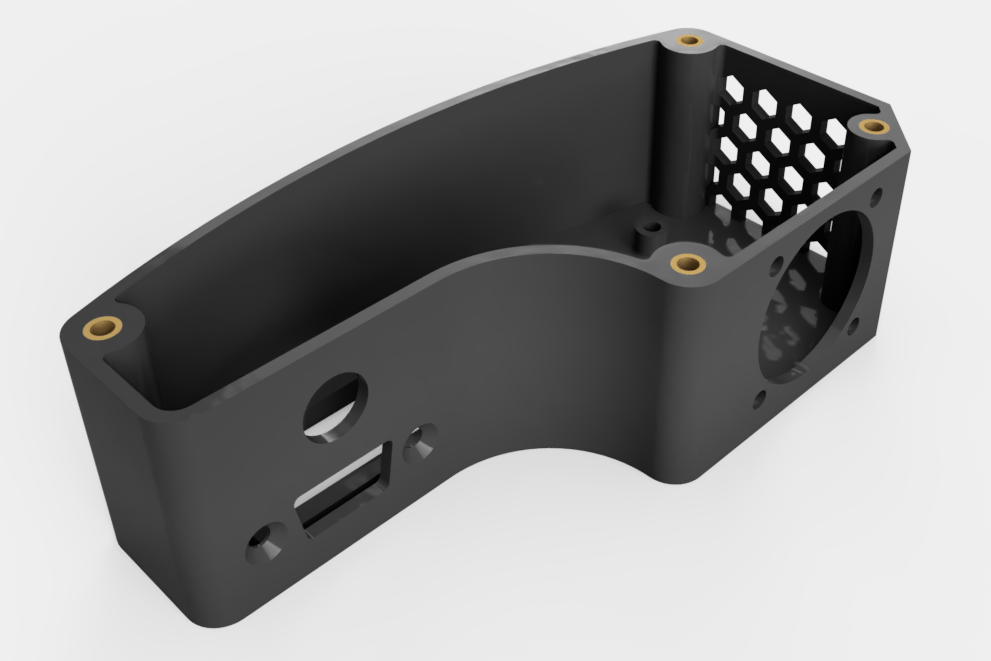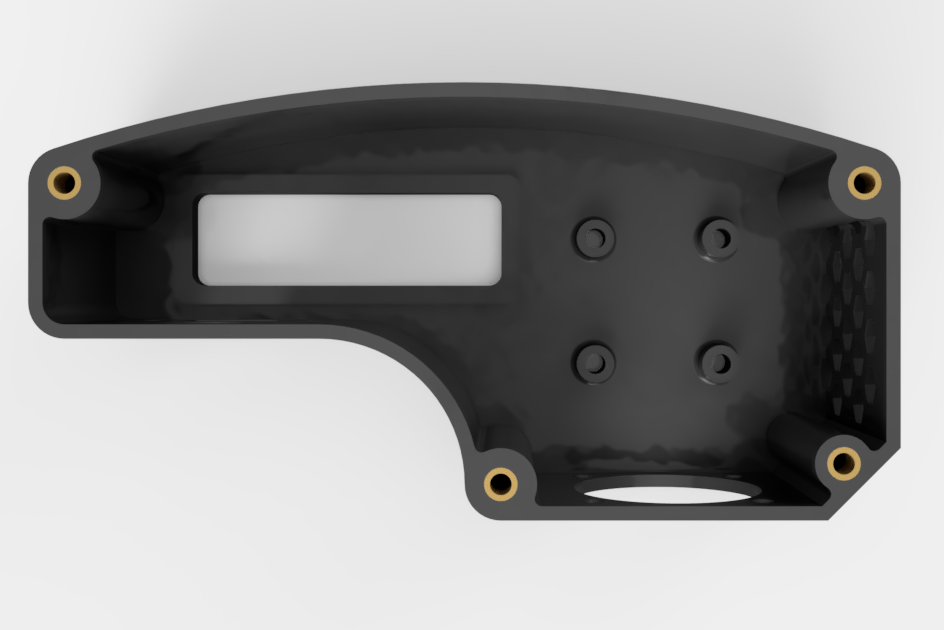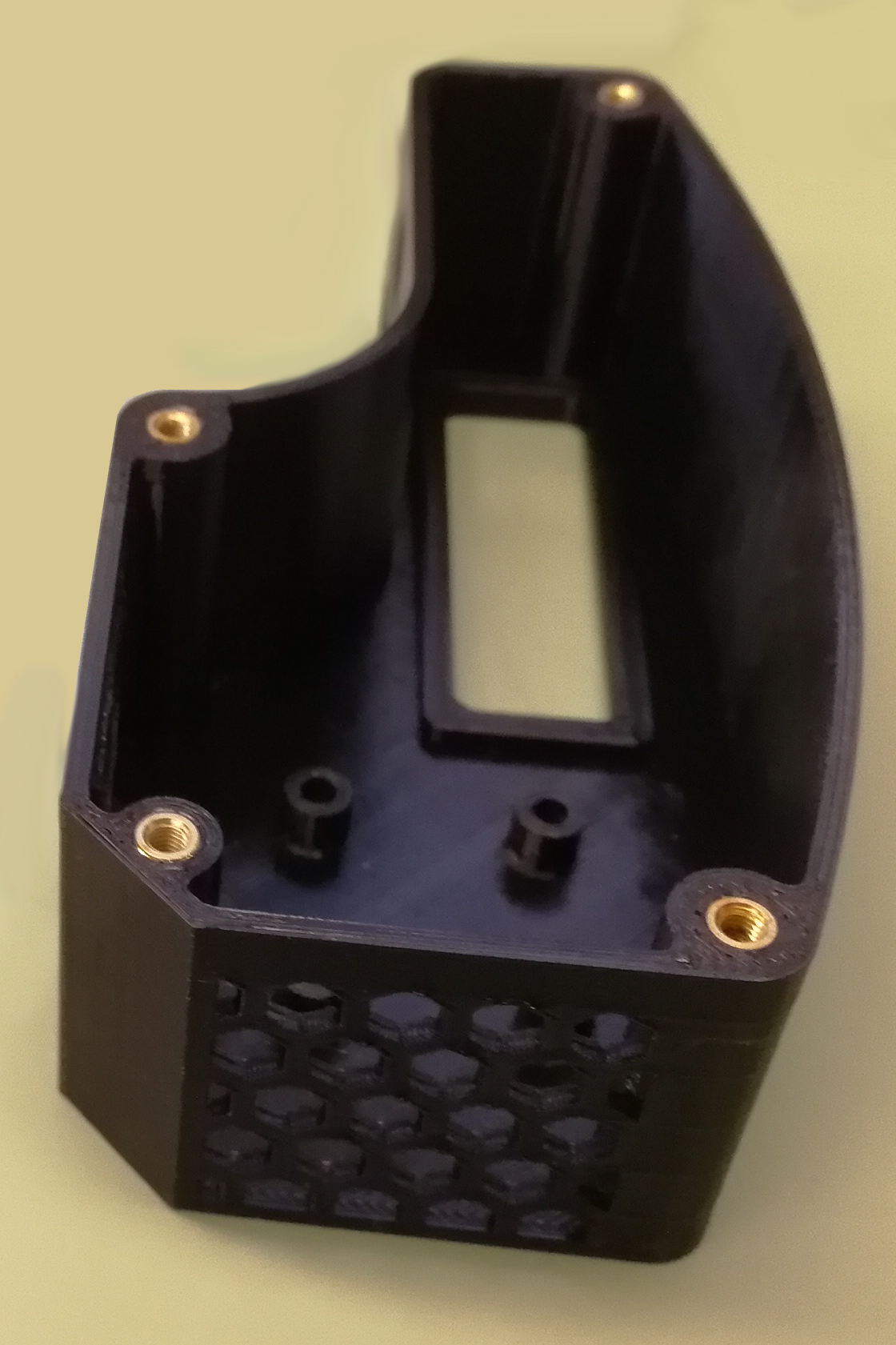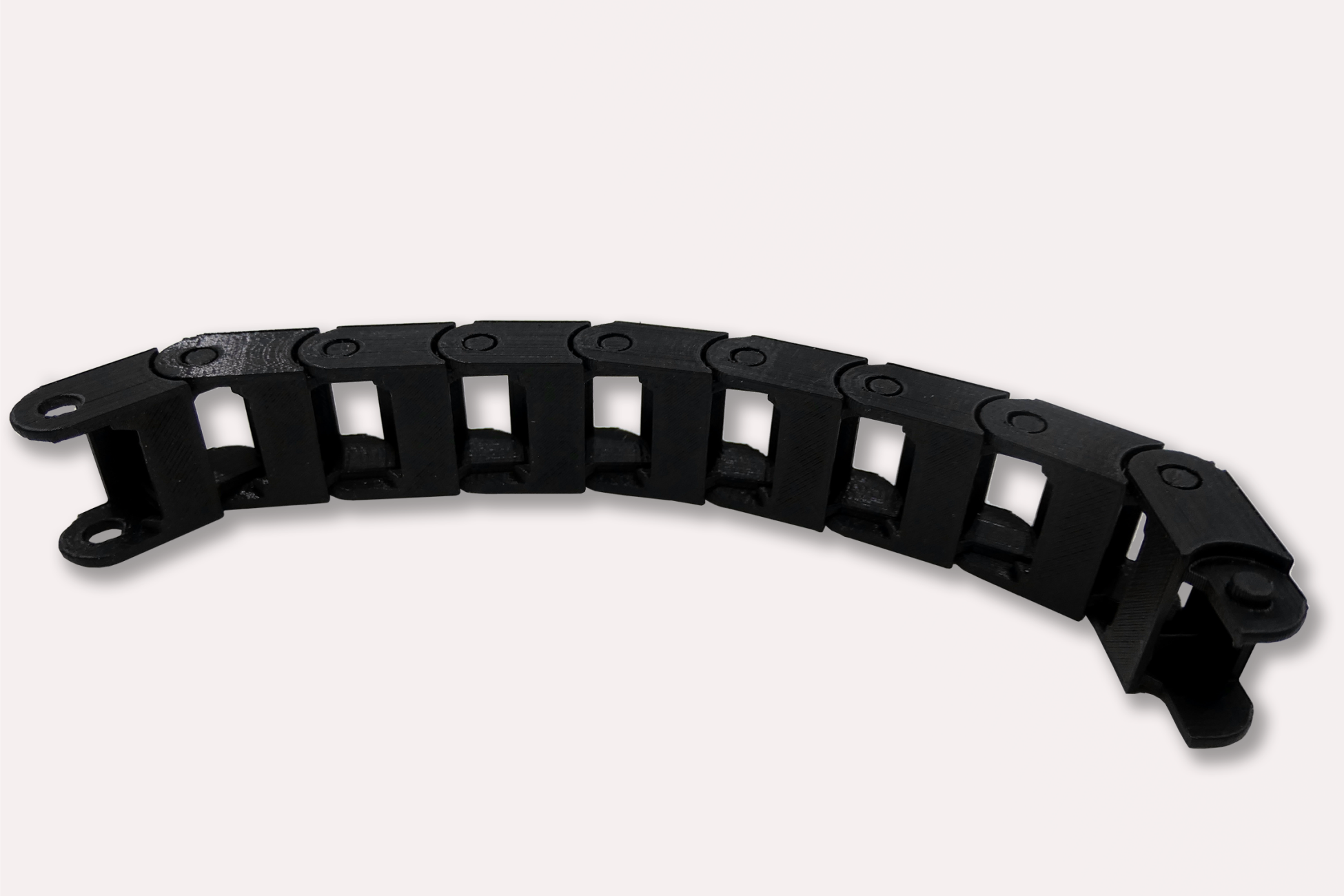Threaded connections in additive manufactured parts
Threaded connections allow components to be joined permanently, reliably and, above all, detachably. Threads can also be easily created in 3D printing, provided certain properties are taken into account. In general, a thread can be printed, whereby the larger the thread, the easier it is to print.
Threads from M5 onwards can be implemented well in 3D printing, and threads from M8 onwards can be printed without any restrictions or compromises. In case of doubt, we recommend printing only the core hole and manually recutting the actual thread afterwards.
Depending on the starting material, printed threads may suffer losses in the area of stability. Ideally, therefore, threads in 3D printed components should be implemented from a combination of printed core hole and thread insert. This enables maximum precision and functionality even without costly reworking.
Important to know when it comes to thread 3D printing:
- The larger a thread, the easier it is to print.
- Starting from M8, threads can be realized in 3D printing without any problems and usually without reworking.
- For small threads, just print the core hole and re-tap the thread afterwards.
- By using a thread insert in 3D printing, maximum stability and functionality can be ensured for threads.
- Even with careful manufacturing, most threads, especially smaller or fine threads, need to be recut.
- Re-measuring the threads with test gauges is possible, but deviations due to printing tolerances must be taken into account.
We would be happy to advise you in detail in a personal meeting on the specific requirements when it comes to threads in 3D printing.






